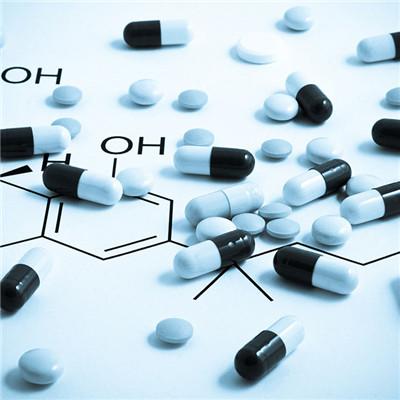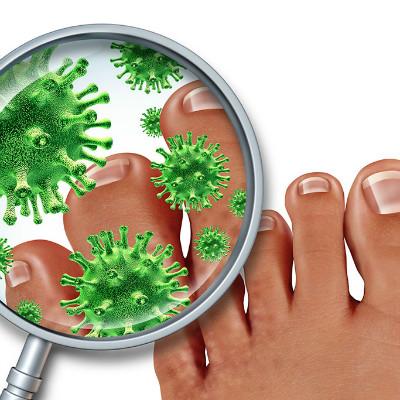What medicine does albuminuria take high good
summary
In fact, urine is the "mirror" of healthy kidney function. By doing routine urine examination, we can directly reflect the functional state of the kidney. So, in life, we should pay attention to it, the following specifically talk about high urinary protein, what medicine to take.
What medicine does albuminuria take high good
Drug 1: ACEI and ARB can significantly dilate the glomerular arterioles and reduce the pressure in glomerular capillaries; at the same time, they can also improve the structure of glomerular basement membrane and reduce its permeability to macromolecules, so as to reduce proteinuria. The commonly used ACEI drugs are captopril, fosinopril, benazepril and so on. ARB drugs mainly include losartan, valsartan and so on.

Drug 2: in recent years, many studies believe that as long as the blood pressure is controlled at the target value, although it will expand into the glomerular artery and increase the pressure in the glomerulus, it can also play a certain role in reducing proteinuria, especially when ACEI does not control the blood pressure well, CCB is a better choice for combination therapy. The commonly used CCB drugs are nifedipine sustained release tablets, amlodipine and felodipine.

Drug 3: lipid lowering drugs to reduce blood lipid is of great significance to prevent the progressive development of kidney disease, protect renal function and reduce complications. The commonly used lipid-lowering drugs are pravastatin, simvastatin, fluvastatin, atorvastatin, etc.

matters needing attention
Warm reminder: Diabetic proteinuria is caused by long-term hyperglycemia. Even though some patients seem to have better blood glucose control by drugs, hyperglycemia still occurs because of the disorder of self-regulation mechanism in the body while drugs play their role. Therefore, the stimulation of blood vessels caused by hyperglycemia still exists. In the long run, it can lead to damage of renal arterioles, disorder of secretion and regulation function, that is, disorder of balance mechanism of no (vasodilator factor), ET-1 and TXA2 (angiotensin factor), decrease of NO synthesis, increase of ET-1 and TXA2 synthesis, occurrence of vascular microcirculation disturbance, leading to ischemia and hypoxia, and then damage of kidney Microvascular endothelial cells. Once the endothelial cells are damaged, it will lead to the inflammatory reaction in the kidney, which will lead to the damage of glomerular basement membrane, resulting in the leakage of macromolecular proteins, and then renal fibrosis will start.











